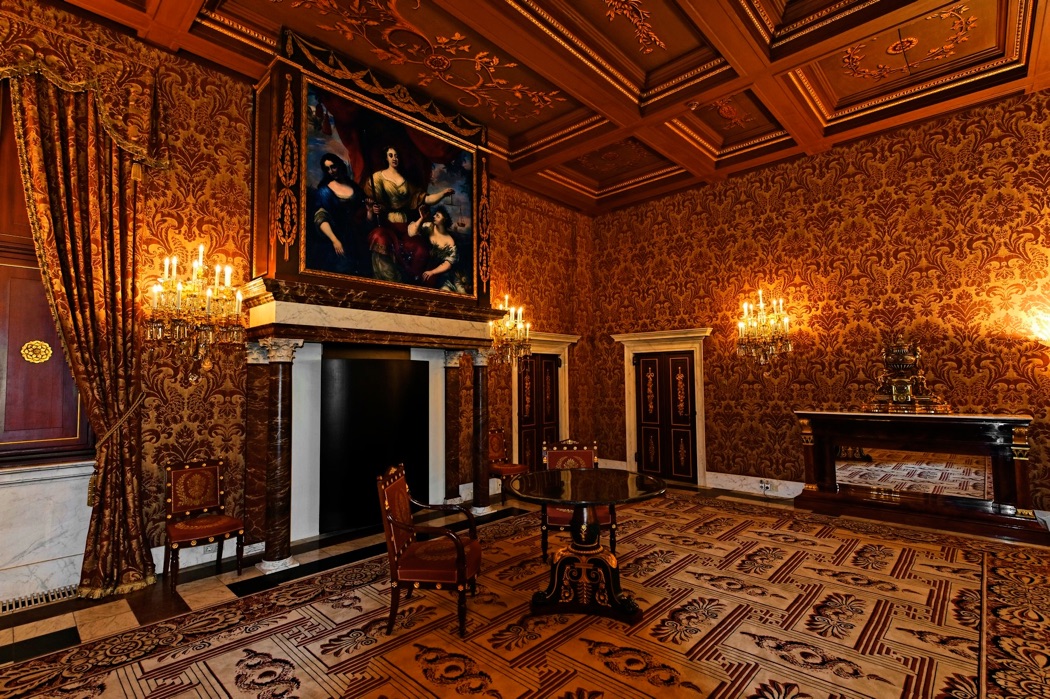BEETHOVEN - MONDSCHEINSONATA 1801 - OPUS 27 NR 2 - PRESTO AGITATO
PAULA BAR-GIESE SOPRANO & PIANIST
SCHEPENZAAL ROYAL PALACE AMSTERDAM
MEINCKE & PIETER MEIJER PIANO 1808
Ludwig van Beethoven (1770 – 1827)
Piano Sonata No. 14 in C-sharp minor, Op. 27, No. 2
Beethoven’s “Moonlight sonata”, a name coined by German music critic Ludwig Rellstab after Beethoven’s death, is one of the most widely known classical music pieces, and has been since it was composed some 200 years ago. Beethoven included the phrase "Quasi una fantasia" (Italian: Almost a fantasy) in the title partly because the sonata does not follow the traditional movement arrangement of fast-slow-[fast]-fast. Instead, the Moonlight sonata possesses an end-weighted trajectory; with the rapid music held off until the third movement. To be sure, the deviation from traditional sonata form is intentional. In his analysis of the Moonlight sonata, German critic Paul Bekker states that “The opening sonata-allegro movement gave the work a definite character from the beginning... which succeeding movements could supplement but not change. Beethoven rebelled against this determinative quality in the first movement. He wanted a prelude, an introduction, not a proposition.
Magistrates’ Chamber
The piano in the former Magistrates’ Chamber, now the Throne Room, of the Royal Palace formed part of the furnishings and accessories that were installed in the Palace in 1808-1810, when King Louis Napoleon took up residence in what had previously been Amsterdam’s Town Hall. Music was important at the court of Holland’s French king—musicians were actually members of the Royal Household. Chamber music was played at intimate gatherings and light dance music at balls in the Grande Salle, the Citizens’ Hall. In fact, there were several pianos in the Palace in the early nineteenth century, all of them manufactured either in France or the Netherlands. This rectangular table piano was made at the leading Amsterdam workshop of Meincke and Pieter Meyer. The Meyer brothers produced three pianos in all for Louis Napoleon, two of which were for the Palace in Dam Square. After completing the commission they were honoured with a Royal Warrant to call themselves Pianoforte Manufacturers by Appointment to Their Majesties.
The Palace was built as a town hall of Amsterdam. Architect Jacob van Campen developed an extensive decoration program for the building. Amsterdam celebrated painters like Rembrandt, Ferdinand Bol, Govaert Flinck and Jan Lievens contributed.
The Flemish sculptor Artus Quellinus made many monumental sculptures.

